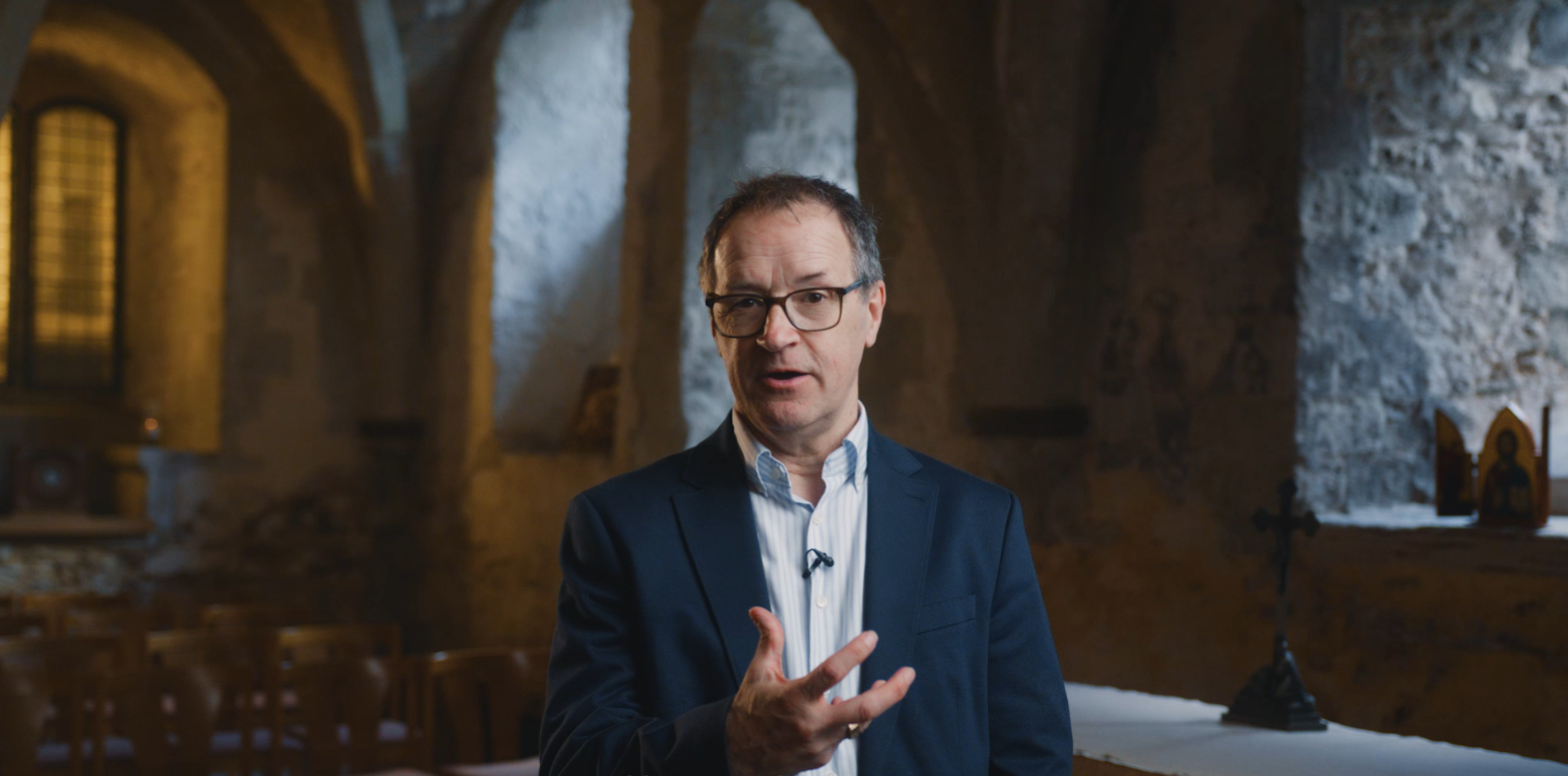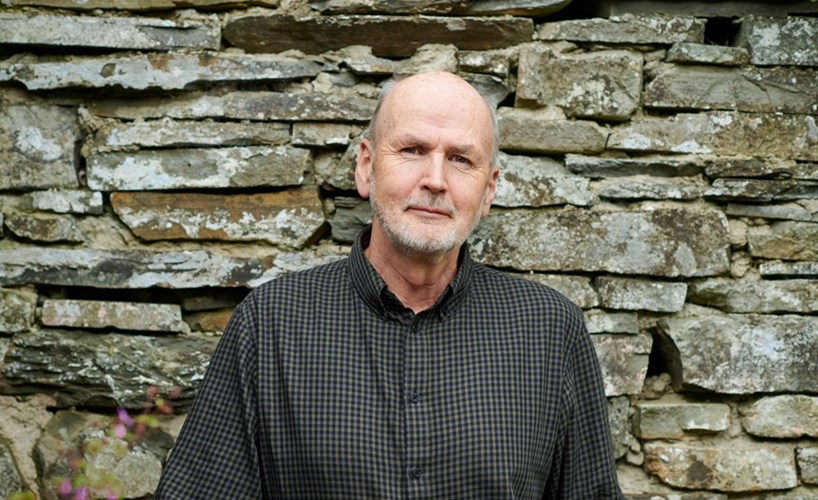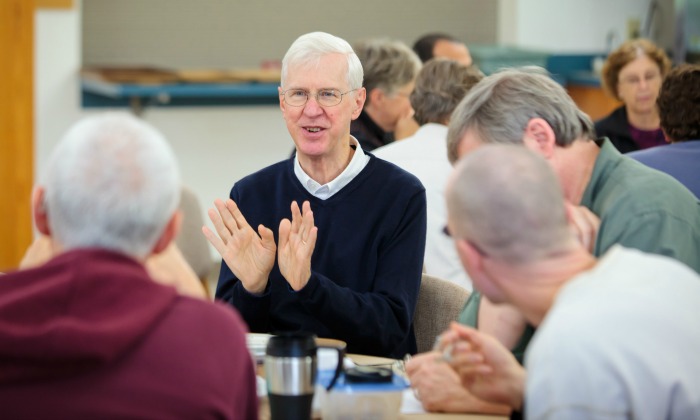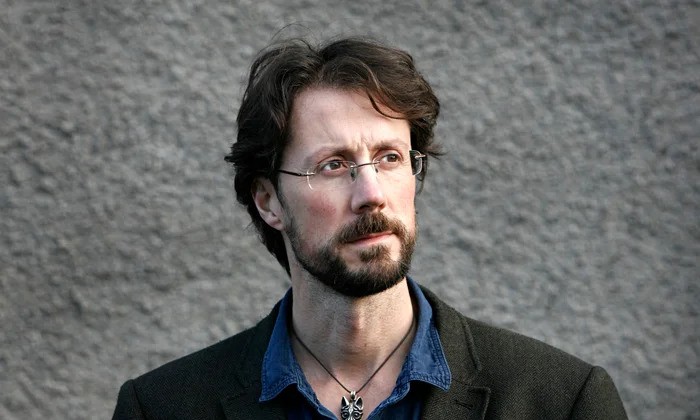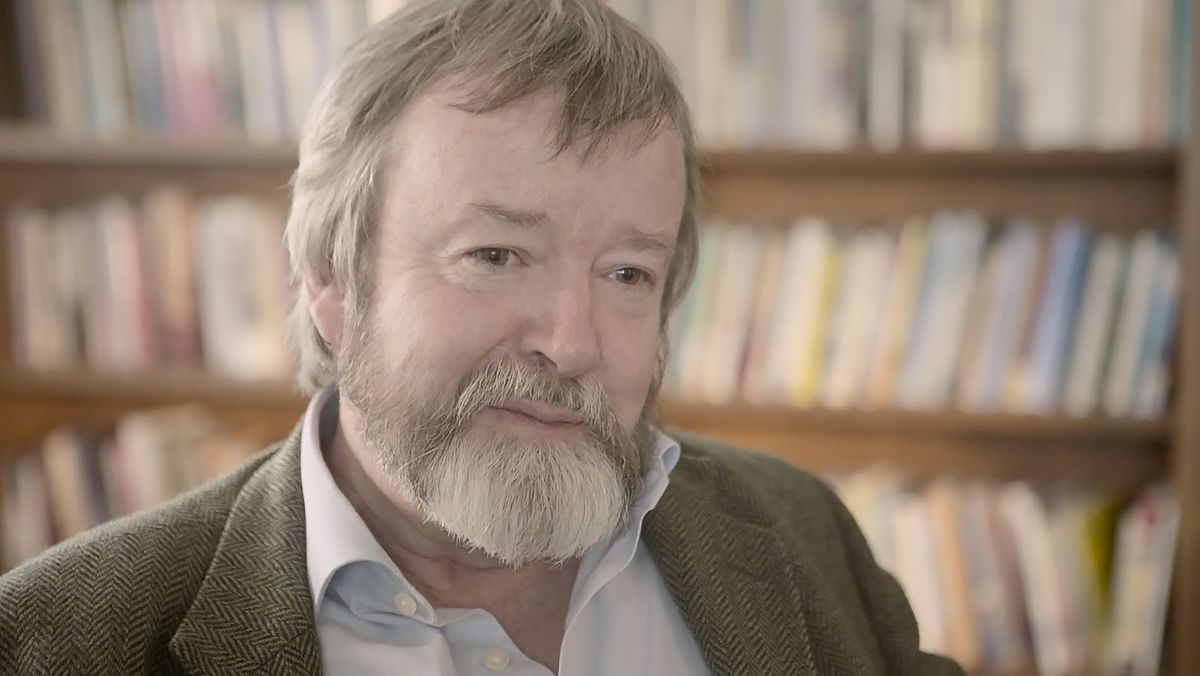
Over the last month or so, here at Seen & Unseen, we have been writing together about the seven deadly sins: greed, lust, gluttony, pride, sloth, anger, envy. If you have seen the David Fincher film, you probably have the grisly murders that illustrate them etched on your retina. But if there is one theme that comes up in all our articles on the subject, it is the fact that sin as a concept no longer carries any weight in our culture. A word that once bore all the heft of heaven and hell, is now the branding for a mildly indulgent discount day at the local health spa.
One way of responding to the downgrading of sin as a meaningful and useful term, is to argue that we need a return to sin. Sin needs a come-back tour, a conceptual rehabilitation. We need to re-populate the word with meaning to make it current and plausible again. Without a consistent shared language of moral failure, of falling short, of ethical deficiency, it is difficult to imagine how responsible human community can be viable. Alasdair MacIntyre, the virtue ethicist, suggested that the problem with our culture is that multiple ethical games are being played. We are not just disagreeing about what the rules should be, but moreover what game it is we are meant to be playing. Our culture is a babel of voices, proposing conflicting versions of what a good life looks like. Consequently, in moral dialogue, we often fail to understand one another. As MacIntyre puts it: ‘my move to queen-bishop-three, is countered by your lob over the net.’
The etymology of the word sin is that it is an old English word originally derived from archery, meaning to miss the mark.
I am no etymologist. Very occasionally I dabble in a bit of New Testament Greek. But to be honest, I don’t know what I’m doing, and whenever I pronounce Greek root words they sound like items from the IKEA stocklist. And, given my tendency to talk to myself when I write, it’s almost inevitable that sooner or later the ever-attentive Alexa will accidentally order me a bedside lamp in response to what I thought was the Greek for bowels. That said, my understanding of the etymology of the word sin is that it is an old English word originally derived from archery, meaning to miss the mark. Miss by an inch, a foot, a mile – it’s all called sin (assuming archers in Old England preferred imperial units of measurement). Shoot the entire quiver in the opposite direction – that’s sin too. Linguists may tell us that this is an apocryphal origin myth, but it doesn’t matter. Whether in archery or ethics, the point remains the same. Sin is a relative term. It is relative to whatever it is we wanted to do, or aspired to become, but missed.
Could it be then, that the root of our current cultural anomie is not so much that sin as a concept has been emptied of meaning (though it has), but that we no longer have any consensual agreement on what a good person should look like? We have no shortage of imagination when it comes to inventing new contents for the empty container of sin, but our thinking about goodness is woefully uninspired. Without a target to aim at, sin becomes vacuous. To illustrate this point, I’d like to tell you about two of the most eminent psychologists of the last hundred years.
Hobart Mowrer and the psychology of sin
Let’s start with a history lesson. O. Hobart Mowrer (1907-1982) is perhaps one of the most eminent, innovative and bemusing contributors to the short history of academic psychology. At the pinnacle of his career in 1953, he was elected president of the American Psychological Association (APA), the largest and most esteemed society of psychologists in the world. But as a life-long sufferer of recurrent depression, the announcement sent him into a deep psychological crisis that left him incapacitated for nearly four months. In 1959, he addressed the APA convention in Cincinnati with one of the most unusual and controversial papers of the decade, Constructive Aspects of the Concept of Sin in Psychotherapy, in which he argued that the euphemisms for sin preferred by psychologists (wrongdoing, immorality, irresponsibility etc.) were not sufficiently powerful to convey the distress of a guilty conscience. He had an ambivalent off-again/on-again relationship with institutional religion, but he was nevertheless impressed with the words of Jesus in the Sermon on the Mount that we should do our good deeds in secret. This principle – you are your secrets – became central to his development of Integrity Therapy, a group approach to psychological distress through confession. In the 1970s, the tide of cultural opinion turned against Mowrer, his Integrity Groups were accused of brainwashing their participants, and their popularity waned. Some say he subsequently retracted his views on sin. His episodes of depression continued to dog him, and in 1982, at the age of 75, he died of suicide, having long advocated this as a reasonable course of action in certain circumstances.
This thumbnail sketch hardly does justice to the sensitive suffering genius of O. Hobart Mowrer. There is no space to recount the academic innovations that make him still one of the most cited psychologists in history. He coined the term ‘pathogenic secret’, the idea that sin – by which he meant the things that secretly bother our consciences – makes us sick. I think he was probably right about that. Take for example a freely available open-access list of what might be considered sin. It includes sexual immorality, impurity, sensuality, enmity, strife, jealousy, fits of anger, rivalries, dissensions, divisions, envy, intoxication, orgies, and things like that. It is not a particularly systematic or comprehensive list. It just happens to be the list of examples that Paul the apostle came up with in a first-century letter to residents of what is now central Turkey. They hardly make pleasant reading, but they make a great episode of Succession.
Paul called these ‘works of the flesh’. Works, because they are things we do, situations we manufacture. Flesh, not in opposition to physical pleasure, but because these kinds of responses (strife, envy, rage etc.) seem to be patterned bodily reactions, part of our conditioning, written into our muscle. The fact that Paul refers to them in plural (works of the flesh) is more significant than it initially appears. For him the unethical life is an incoherent ragbag of reactions, a series of plays and tactics designed to gain immediate personal gratification. As long as we come out on top, or at least think we have, they have done their job. But if we live by them, if we hand ourselves over to the universe of their self-centred cynical logic, our identity fragments, our sense of coherence shatters. We can no longer imagine who we would be if our greed, pride, lust or whatever, was taken away from us. Our appetites become our identity.
This is why I tend to think that the instincts that led Mowrer to develop a therapy emphasising integrity was right. Provided of course, that we embrace the full definition of integrity, rather than simply taking it as a synonym for honesty. The integrity to which Mowrer’s groups aspired was not just the truthfulness that comes from the disclosure of secrets, but the inner harmony that comes from the restoration of wholeness. What looked superficially like an unhealthy preoccupation with sin, was in fact Mowrer’s pursuit of the unified state of self that accompanies goodness. A sentiment that leads us to psychologist number two.
Martin Seligman and the psychology of goodness
Fast forward four and half decades from Mowrer’s election as APA president. It is 1998 and another newly-minted APA president, Martin Seligman – arguably the most famous clinical psychologist in the world – is making his inaugural address. Seligman is unique among world-famous psychologists in many ways, not least of which being his claim that he was ‘called’ to be a clinical psychologist. He later told a conference at Lambeth Palace that as a young research scientist, during his deliberations on whether to follow the path into clinical practice, he woke one night from a dream of visiting the Guggenheim Museum in New York. As he admired the architecture of the iconic building, God himself – a giant bearded old man – lifted the roof and boomed: I want you to be a clinical psychologist. Of course, as a secular Jewish academic, Seligman doesn’t believe in God, but this doesn’t deter him from openly admitting that his vocation in clinical psychology was not wholly chosen but issued from the unspoken depths of his being.
This deep-seated sense of vocation may go some way to explaining why his 1998 inaugural address has gone down as a turning point in the history of psychology. His central assertion was that up until then psychology had been obsessed with the negative (what’s wrong with us) and that it was time to rebalance the discipline with a refocus on human flourishing, which at the time he formulated as the pleasant life, the engaged life, and the meaningful life. This is viewed by some as the birth of Positive Psychology, which according to Seligman was a corrective to the ‘rotten to the core’ view of human beings that had dominated the discipline since Freud. It is difficult to imagine a proposal more diametrically opposed to that of Mowrer. While Mowrer argued for a renewed awareness of ‘sin’, Seligman asserted to the contrary that it was the vast ignorance of goodness that bedevilled contemporary psychology. We already had a rich, ever-expanding science of what was wrong with people, what we needed was an equally detailed, every bit as expansive science of what was right with us. The explosive growth of positive psychology over the last few decades has been a response to that call, to develop a full-blown science of goodness.
In the years that followed, Seligman revised his idea of the good life multiple times, perhaps his most ambitious proposal being the concept of Prospective Psychology; the idea that we as a species are best defined not by our past but by our future. He held this future-orientation to be so characteristic of human nature that we could name the species after it- homo prospectus. We are defined not by what we have been, but by what we are yet to be. It is an insight he shares with many of the thoughtful people who have pondered ethics over the years. Take for example a freely available open-access list of what might be considered virtue. It includes love, joy, peace, patience, kindness, goodness, faithfulness, gentleness, self-control. It is not a particularly systematic or comprehensive list. It just happens to be the list of examples that Paul the apostle came up with in a first-century letter to residents of what is now central Turkey. I often feel better about life, just reading it.
Paul called these beautiful qualities, ‘fruit of the Spirit’. It is significant that in the original New Testament Greek, the word fruit is singular: καρπὸς (No! Alexa! I don’t need garden furniture!) He doesn’t write fruits, but fruit of the Spirit. He points toward some kind of unity, harmony, consistency in these qualities. Mowrer no doubt would have called it integrity. Goodness is much more than the avoidance of naughtiness; it is the restoration of wholeness to our shattered and divided selves. Sin is much more than the cheeky indulgences we succumb to at the end of a bruising day at work; it is the misdirection and derailment of all we could become. And this is where the tale of two psychologists terminates. Contrary to what the marketing executives may have conspired to tell you, sin is not your friend; it is the enemy of your genuine divine magnificence. That’s what makes deadly sin so deadly.







